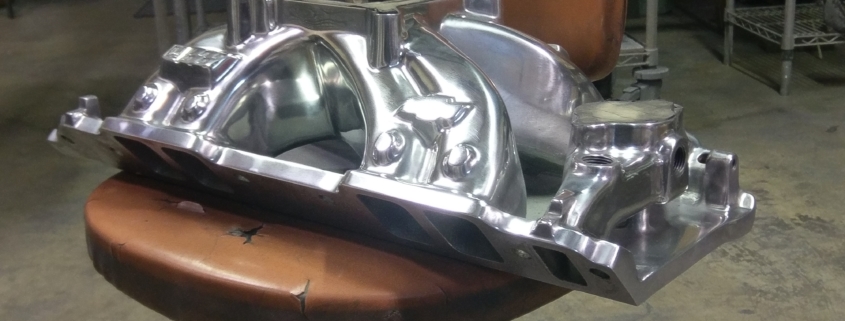Decorative or Hard Chrome Plating?
You know chrome by that shiny protective coating in a variety of decor and other applications, but do you know the difference between hard chrome plating vs decorative chrome plating? Each has its own distinct differents and benefits, which we’ll get into right now.
Hard Chrome Plating
- Hard chrome plating is done by adding a chromium layer to the metal and then submerging that into a chromic acid solution. This is done without altering the metal and increases the wear resistance while raising the corrosion resistance of the metal. Other benefit include:
- Extreme hardness of the plating, giving it the ability to endure high stress in industrial applications. This is the choice for things like engine parts and factory tools where you need strength and durability.
- Wonderful adhesion, gives durability and an adherence that has a lower risk of flaking. Hard plating is long-wearing on the metal more than decorative plating.
- Lowered friction, plating with hard chrome gives the item less friction when it comes in contact with graphites, carbons, polymers and other metals. This is paramount on items where friction must be kept to a mininum.
- Thickness, giving the ability to apply between 10 and 500 micrometers of thickness to the plating, it can withstand corrosive chemicals and give resistance to abrasion over time.
- Some applications suited for hard chrome plating include automotive piston rings, pump rotors and shafts, valves, gates, compressors, lathes, mechanical parts, agricultural equipment, and molds and dies.
Decorative Chrome Plating
Decorative chrome plating is done the same way as hard chrome plating, but the thickness is lessened as it doesn’t need to hold up to industrial hardships. Decorative plating has the following advantages:
- Nicer appearance, giving a smooth sleek shine to the object. This can give a perceived value when used in retail objects. If the item states “chrome-plated”, it’s going to be decorative.
- Easy to clean, as it will not trap dirt and dust. This type of chrome plating is easy to clean with a variety of household cleaners and is good for most household applications.
- Wear resistance, while not as much as hard plating, it does give some increase of strength and wear resistance.
Some applications suited for decorative chrome plating include tools like wrenches and pliers, hardware like hex keys, decorative car parts like trim and door handles, musical hardware, and kitchen utensils like cutlery. Decorative plating, just like its name, is done for decorating more than function.
Despite their same manufacturing process, these two different forms of chrome plating vary by function and form. Your best bet on plating will be determined by what you want the end result to be. This overview of the benefits of each and their differences can help you determine which is best for you.



